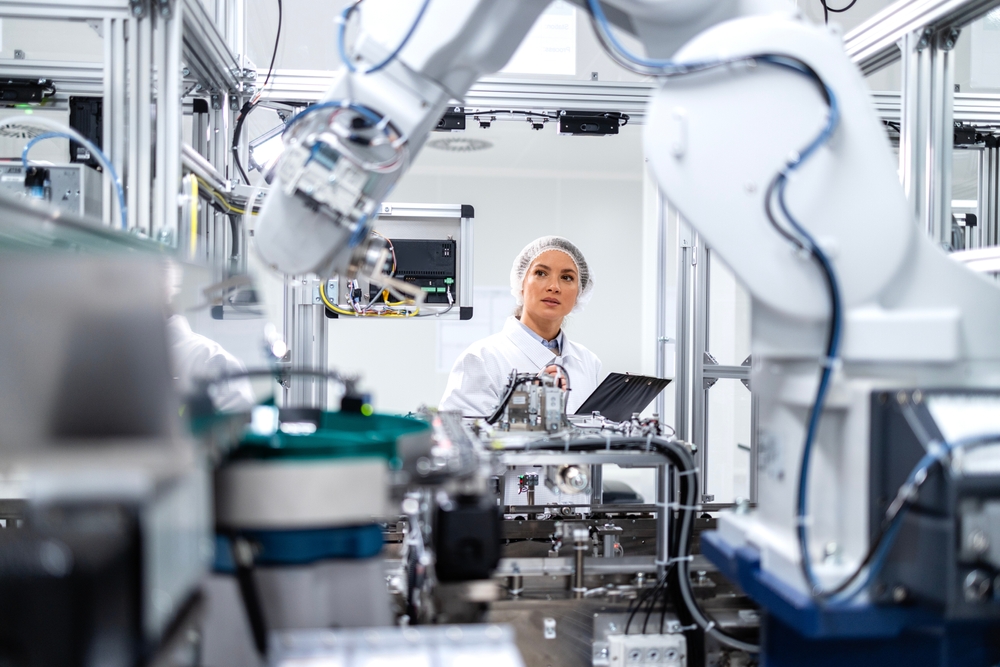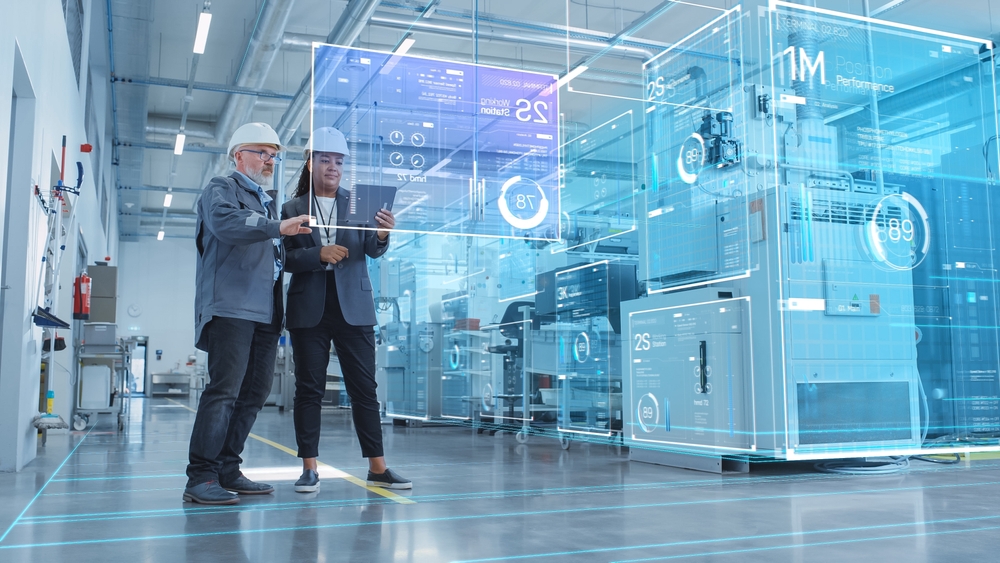Using leak detection to avoid the domino effect in the aviation industry
Ensuring the integrity of aviation systems is not just a matter of maintenance—it’s a critical factor in preventing catastrophic failures. A single unnoticed leak can compromise the entire operation, leading to a domino effect where multiple systems may be at risk. This article delves into the evolving field of leak detection, highlighting its pivotal role in maintaining air travel safety and reliability. By exploring advanced detection, we aim to illustrate how innovations in this field are shaping a safer aviation industry.
Leak detection in the context of aviation
Leak detection plays a pivotal role in aviation, ensuring every component functions flawlessly. It involves using specialized technology and methods to identify and rectify leaks, which, if undetected, can pose significant risks. In aviation, even the smallest leak can lead to substantial danger, given the complexity and interdependence of aircraft systems. The accuracy of leak tests is crucial, as they assess the integrity of critical components under varying pressures.
Understanding the "domino effect" in aviation is also essential. This effect describes how a single, seemingly minor leak can trigger a chain reaction of failures across different systems. For instance, a hydraulic system leak might cause a loss of control, which in turn might impact the fuel system or cabin pressure regulation, leading to catastrophic outcomes.
Critical aviation systems vulnerable to leaks
Fuel systems are the lifeline of any aircraft, and a leak here could lead to dire consequences, both in terms of safety and operational efficiency. Monitoring these systems with robust leak detection technology helps prevent potential dangers that could otherwise escalate rapidly.
Hydraulic systems, responsible for controls like landing gear and brakes, are another area where leak detection is crucial. Any leakage within this system can severely impair an aircraft's functionality, potentially leading to unsafe landings.
Cabin pressure regulation is vital for passenger comfort and safety. Leaks in this system could compromise the aircraft's ability to maintain a stable internal pressure, endangering passengers and crew.
It's important to note the interdependence of these systems. A leak in one area can impact others, underscoring the necessity for comprehensive leak detection strategies. Employing the right methods helps ensure overall integrity, minimizing risks and enhancing reliability in aviation operations.
Risks of ignoring leak detection
The risks of ignoring effective leak detection in aviation are profound. A single, tiny leak can have a domino effect on an entire aircraft system. When such a minor fault goes unnoticed, it can lead to unforeseen chain reactions, causing catastrophic failures. Imagine a scenario where a small leak in the hydraulic system compromises the landing gear, the consequences could be disastrous.
Financially, undetected leaks can spiral into costly repairs and prolonged downtimes, affecting the overall operational efficiency of airlines. The detector's role is vital here, as it ensures no leak goes unnoticed, safeguarding both safety and budgets. Neglecting such precision in leak detection isn't just a matter of maintenance but compliance with stringent regulatory standards.
Non-compliance can lead to severe penalties, reputational damage, and even the suspension of operational licenses. Therefore, implementing robust leak detection systems isn't merely advisable; it's imperative for maintaining safety, reliability, and regulatory alignment in aviation.
In the highly intricate world of aviation, the role of leak detection stands as an indispensable guardian of safety. Ensuring leak-free systems isn't just a technical requirement—it's a vital practice that prevents the chain reactions commonly referred to as the domino effect. By catching minor leaks early, we safeguard interconnected systems from cascading failures that could lead to catastrophic consequences.
MVS Technologies, with the advanced leak detection technology, play a crucial role in this preventive strategy. Our cutting-edge solutions not only ensure precision but also align with stringent industry standards. This commitment to excellence is what keeps the skies safe, the aircraft sound, and the future of aviation secure.

